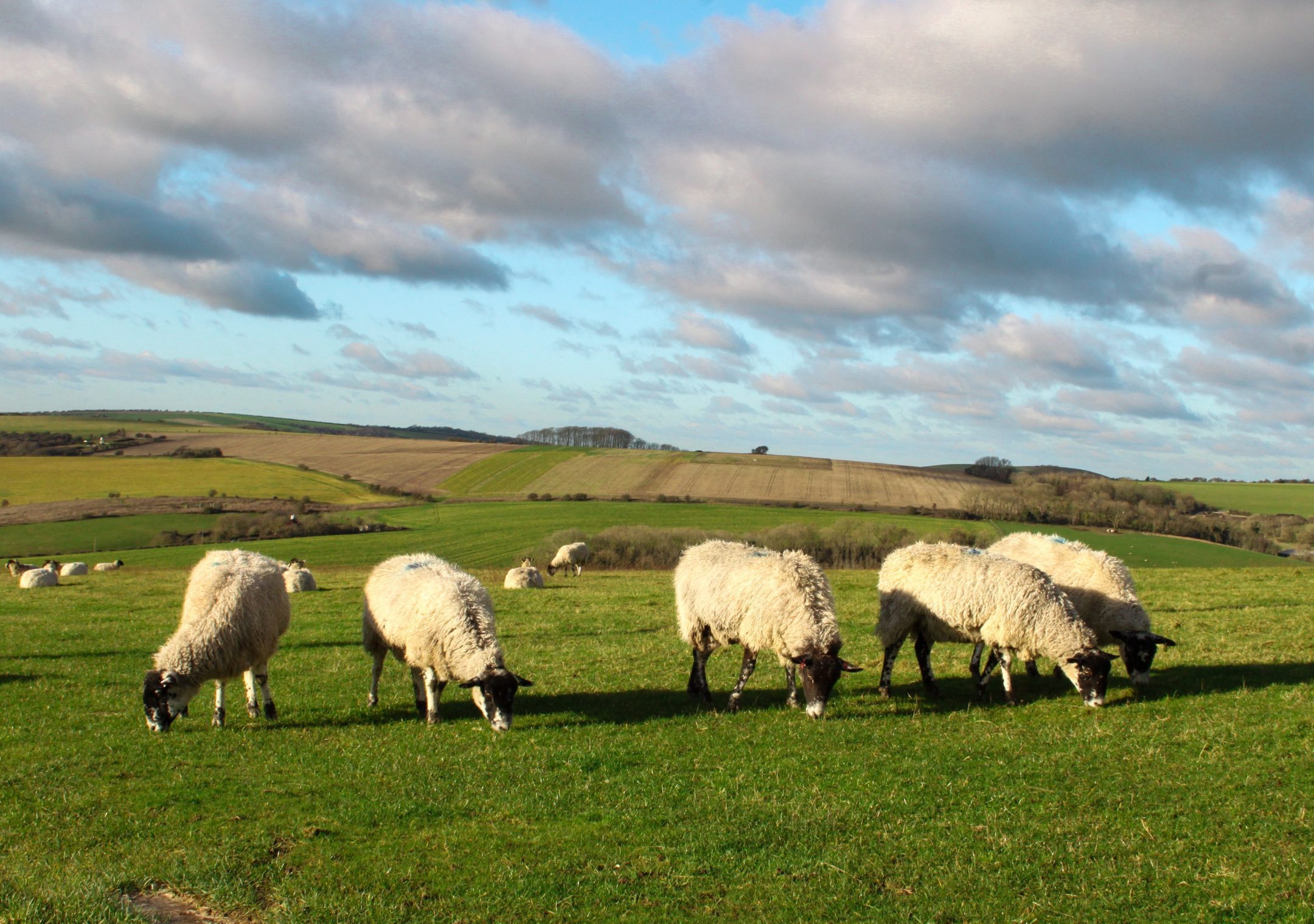International Honorable Mention - High School
UN Sustainable Development Goals Addressed
-

Goal 15: Life on Land
2022 Youth Design Challenge
This design concept was developed by participants in the Institute’s Youth Design Challenge. The descriptions below are from the team’s competition entry materials.
School: Valor International Scholars
Location: Seoul, South Korea
Coach: YoonShik Kim
Team members: YoonShik Kim
Video Pitch

Innovation Details
Grass needs to decay biologically in order for new, healthy grass to grow. When it does not decay properly, desertification results. The solution is typically to burn fields to expedite the decaying process, however, that can cause excess carbon and methane to be released into the atmosphere. The Green Waves team from Anseong, Korea came up with an environmentally-friendly concept to solve this desertification problem. They created a land trampling structure to mimic the movement of herds in a grassland. Herd movement through the grasslands can be a healthy alternative to burning fields, because as the herd passes by, they redistribute nutrients across the field and break down the soil. The team’s solution also accounts for the balance needed here as overgrazing can also result in more desertification. The structure they conceived is flexible and sturdy, like banana leaves, and is lined on the surface with hundreds of hollow, rigid spines inspired by the tongue of a cat. Their design can be used to create any shape to add to agricultural tools and help with the process of revitalizing fresh, healthy grass.
What is the problem your team solved for this challenge? What is the problem addressed? • How is the problem connected to the selected SDG?
Seasonal grasslands need their grass to decay biologically during the dry seasons. The surviving grass prevents new growth, causing desertification. To avoid such cases, countries in Africa deliberately burn the dead grass to expedite the decaying process. Ironically, this method releases more carbon and methane into the atmosphere. From our research, we found that the movement of the herds through the grasslands can be an alternate solution to burning fields. Furthermore, the herds that stomp on the grasslands help redistribute nutrition contents within the soil. We addressed the issues of responsible consumption and production, climate action, and life on land.
How was your solution inspired by nature? What (at least two) organisms did you learn from? How effectively did you combine the biological strategies for the final design?
Our solution was inspired by the movements of the herds and their positive effect on decaying grasslands and redistributing nutritional contents within the soil. To mimic the stomping of the herd without harming the soil, we learned to use the structure of the banana leaves, which can withstand compression, twisting, turbulence, and tension. We also added the anatomy of the cat’s tongue, which uses a scaley, hook-like design that helps groom the cat’s fur. We made variations of the product and tested a wheel structure using both the architecture of the banana stems and the surface of the cat’s tongue.
What does your design solution do? How does it solve or mitigate the problem you selected? How did what you learn inform your design?
We designed an environmentally-friendly solution to desertification. We found issues with the burning of grasslands practiced often in regions of Africa. We also learned the movement of the herds is the best alternate solution to burning. However, ushering in livestock can also potentially cause desertification from overgrazing. Our solution is a structure that can withstand the pressure like an animal stomp, while the hooks at the surface can brush the soil to redistribute nutrients in the grasslands. We used our design to make a wheel shape, but we can also apply it to different forms to mimic the herd’s movement.
